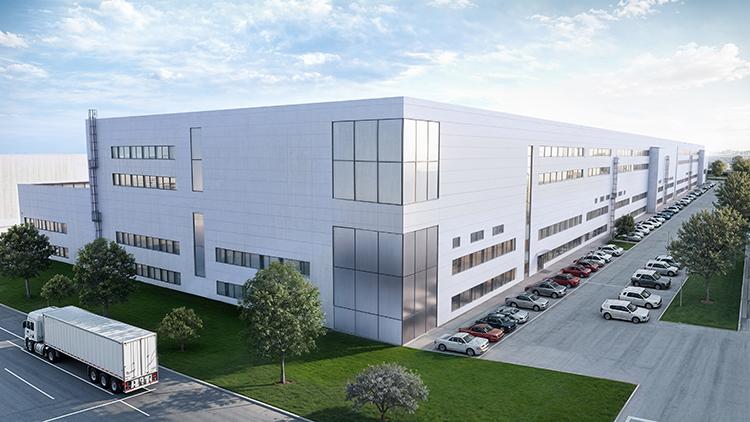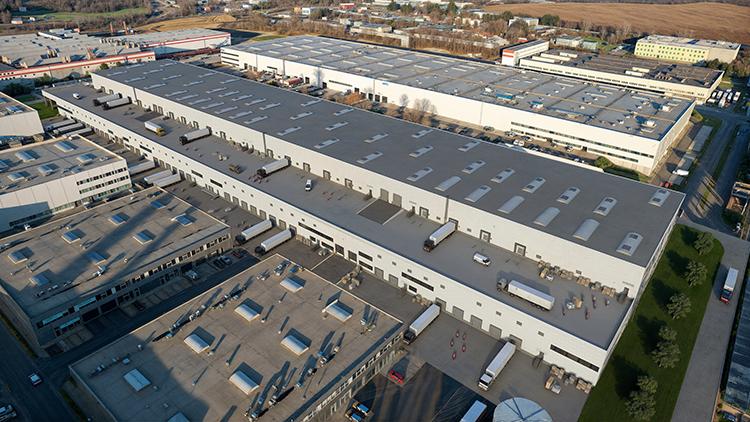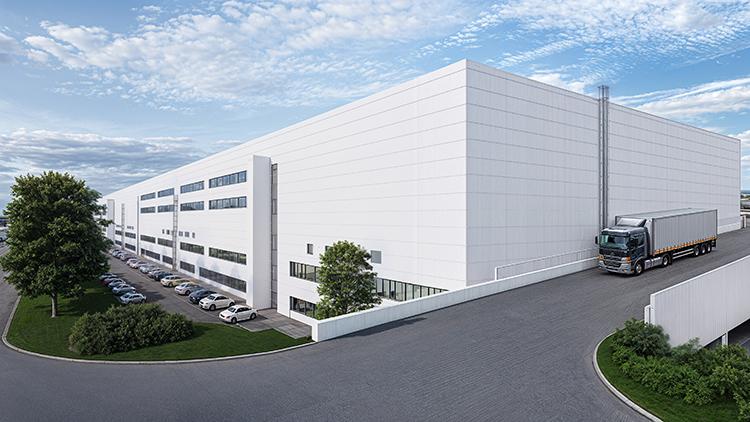CTP begins construction of first two-storey industrial building in the Czech Republic
CTP has started construction on a two-storey industrial and logistics building at CTPark Brno Líšeň, marking the first development of its kind in the Czech Republic. Located on the former Zetor complex, the building will provide nearly 50,000 sqm of production, logistics, and service space when completed at the end of 2025.
This project follows a similar model used by CTP in the Netherlands and aims to address space limitations in urban areas by building vertically. Each floor will have separate freight access, allowing for independent operations and a more flexible layout. The structure is designed to handle high loads and accommodate a range of production technologies.
Sustainability measures are integrated into the project, including the use of waste heat from the nearby SAKO Brno incinerator, green infrastructure, electric vehicle charging stations, and recycled materials from the site’s previous buildings. More than 40% of the space has already been pre-leased. Preliminary earthworks are underway, with full completion expected by the end of next year.
The project is part of a wider redevelopment plan for the former industrial site. Alongside the new double-storey building, other areas are also being revitalized. A former forge is being replaced with a custom facility for a specific client, with demolition set to finish by August and new construction continuing through the end of 2025. Existing buildings are also being used temporarily; one has been converted into a cultural and creative community space with music studios, workshops, and small business facilities.
The development includes plans for public infrastructure such as a pedestrian and bicycle link to the nearby Stránská skála public transport stop and a parking area with over 300 spaces. CTPark Brno Líšeň currently hosts 22 companies and over 1,300 employees, with further growth expected.
The location has a long industrial history tied to the Zetor brand, which produced engines and gearboxes on the site since 1946. The new development seeks to maintain this heritage while providing updated facilities and infrastructure to meet current and future needs.











